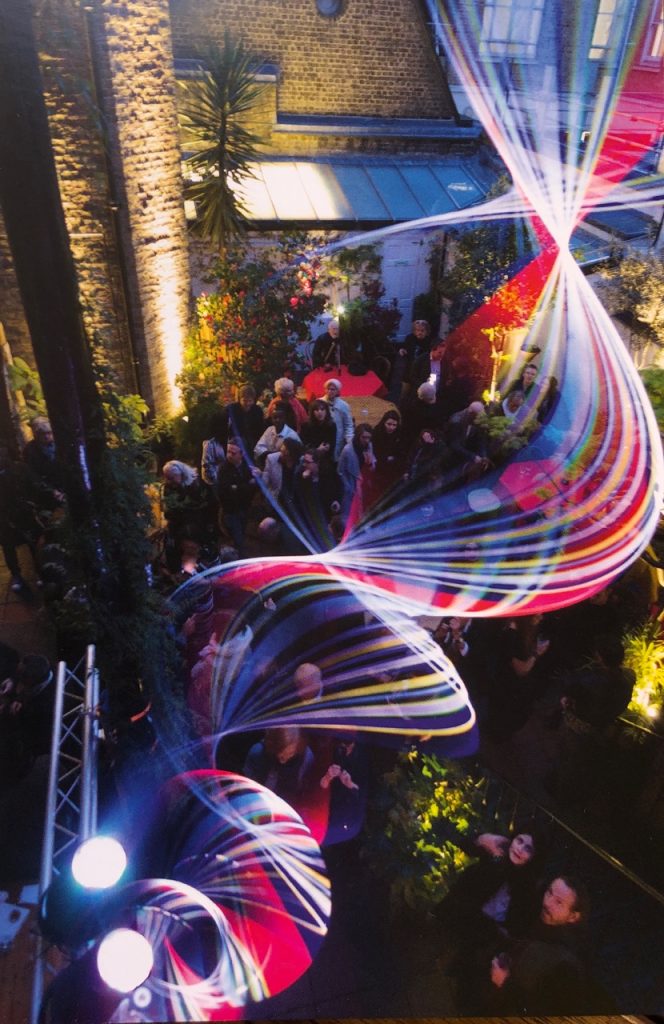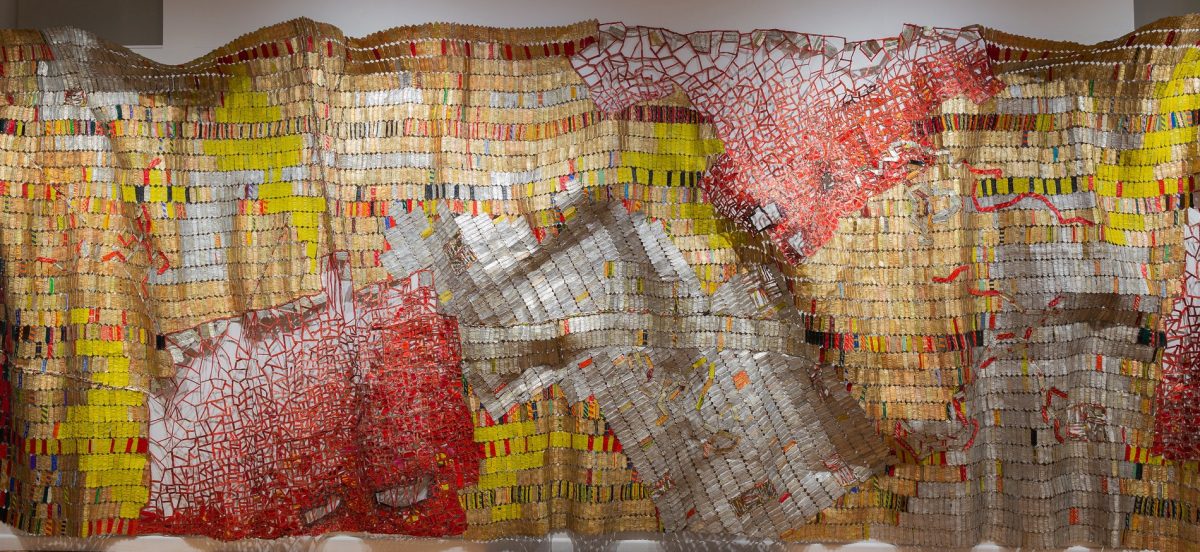English translation by dr. Gerard Houghton
Back to Italian Text <<
This article gives a record of the activities of October Gallery in London, an art gallery promoting art from around the globe that also champions a revolutionary ecological approach.
At one stage of my teaching career, long before I discovered the October Gallery, I was searching for exemplary projects that epitomised multi functionality I had studied urban living for long enough to know that the issue of contemporaneity was not an intrinsic legacy of the single-use functionality of the past but arose because of the coexistence (which I called Mixité) of several interacting functions. From the outset, I needed to define a series of terms to comprehend this ‘nexus of functions and non-functions’ that I was setting out to describe. I proposed to my students that the residential space itself should simply be called Living, by which I intended to designate the many modes of residency (from sole occupancy ‘bed-sit’ rooms to intergenerational households, with all possible variations in between). As for the operational sphere, I proposed to adopt the term Creating. Here the verbal noun actively contains both senses of creation as a tangible, existential object and as the fruit of a creative act (since, in the information society, labour is less mechanical and more creative than it used to be in the past). Finally, there would be the area of Exchanging, which term includes both the world of economics and that of commerce. I am not exactly sure why, but in each case the English active gerund form, seemed most appropriate. These three distinct areas of activity need to coexist in a Mixité project, but it was also quite clear that these three alone would not suffice. There has to be some 'catalyst' that provides a specific focus for all these activities. This I called the Driving Force, an impulse that shapes the type of Living, Creating and Exchanging to which any particular project provides concrete form. Of course, I won’t recount the long history of every discovery leading towards this overall approach, but when I first visited London’s October Gallery, {in spring 2008?, my thinking took a giant leap forward. ‘Here,’ I said to myself, ‘is a pearl to add to my Mixité collection, and possibly one of the finest examples, I’ve so far seen!’
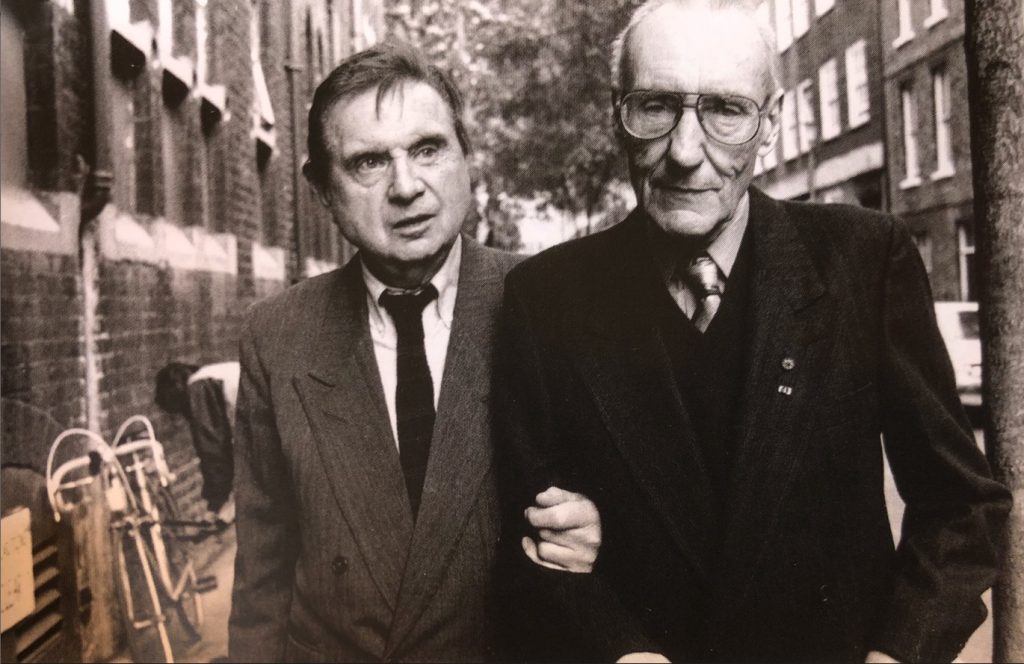
As the October Gallery (OG) has recently celebrated its 40th anniversary, I’d like to explain how I came to analyze and interpret this project. First of all, as an art gallery, art was obviously the Driving Force, but art coming from a very particular point of view. The focus was on the Transvangarde(1) (their term for the ‘trans-cultural avant-garde(1’) that prioritised often underestimated artists such as Brion Gysin, who working closely with the beat generation writer and artist William Burroughs together formed what they called a 'Third Mind'; up-and-coming graduates from art schools in London, such as the Nigerian/British sculptor Sokari Douglas Camp; or artists existing on the fringes, such as the elderly Gerald Wilde, who like our poet Valentino Zeichen, lived an eccentric life of frugality. After several years of research, the gallery began to specialise in 'non-Western' art. In particular African art, but also Eastern art, especially Indian art as mediated through their friendship with ‘Tambi’—James Meary Tambimuttu— the poet, literary critic and publisher from Sri Lanka. Thus, the gallery discovered, one after another, personalities of immense creative force, some of whom are still currently being displayed. Eventually, October Gallery established itself as an avant-garde centre with a novel and entirely original focus that began to arouse the interest of major museums, whose more insightful curators came to recognise the historical role it had played over the last four decades.
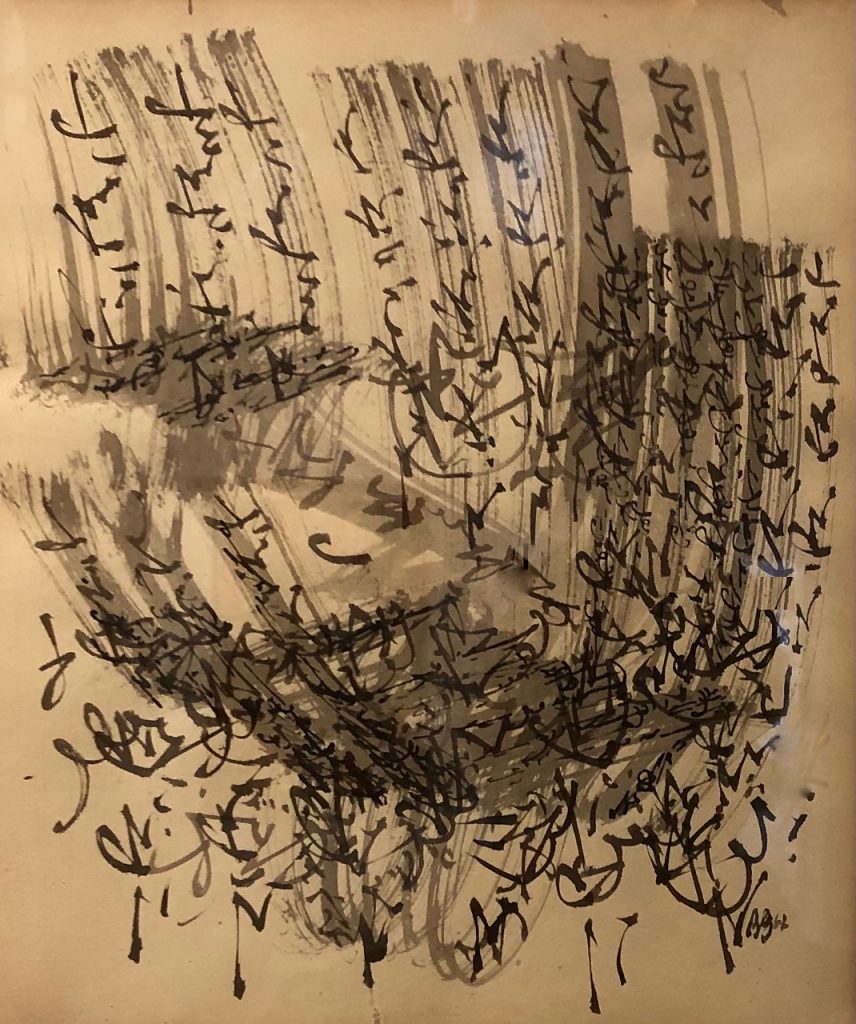
The October Gallery is, from a strictly commercial point of view, also a gallery, but of course it is so much more than that. Next, let us talk about how Living is organised there (which, we should note, the idea of associating Living with an art gallery is itself, already an exceptional proposition). At OG there are flats of various sizes. The largest is around 60 square metres, others that are similar to studio-houses, are around 25 sq. mts., while some are just small bedrooms, with or without a bathroom, at around 8 or 9 square metres. How are these twenty or so flats of different sizes distributed? Well, first of all, one belongs to the director of the gallery—Chili Hawes by name—who restored the place at the end of 1978 and has run the Gallery since 1979. Other spaces are occupied by members of the Institute of Ecotechnics (IE), which also has its registered offices on the premises, and to which we shall return. A few are temporarily occupied by artists and their families, either when their exhibitions are being installed or when they are visiting London, while the remainder are available for friends or honorary members of IE, such as myself, or for young people doing internships, etc. This changing variety of occupants automatically ensures those aspects of multi-ethnicity, multi-culturality and multi-generationality, which, while often claimed to exist theoretically, are, here, simply realised. Of course, to be able to properly assume all aspects of Living the OG needs a kitchen, which in this case is about 18 square metres, and with semi-professional equipment is organised to fulfil all the requisite functions.
We now come to the category of Exchange. The presence of a working kitchen makes it possible to operate a Café offering light lunches to the public at reasonable prices, while the large “Theatre” room on the top-floor level can host either conferences or concerts for about 150 people. The smaller adjoining meeting room has the atmosphere of a private London “Club” (with fireplace, leather sofas, books, paintings, etc.). These rooms, either communicating or separately—are used by the Institute as well as being rented out to various groups who can hold meetings, film interviews, study courses etc. there. I once attended an experimental music concert in the Theatre performed by the great Jaron Lanier, considered the founder of the field of Virtual Reality and a hugely accomplished musician.
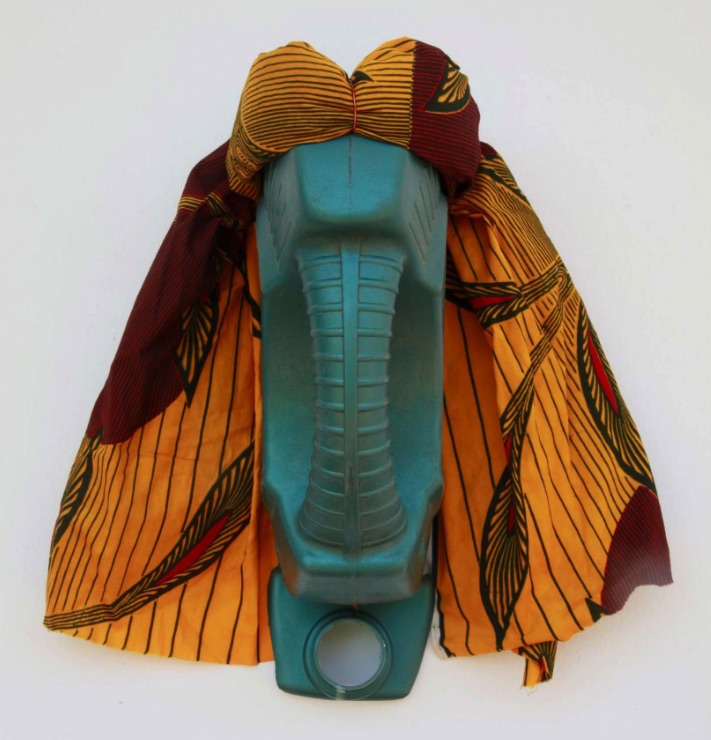
Finally, we come to Creating, which is of course the main focus of the gallery. This aspect is marshalled by the artist, Elisabeth Lalouschek, who as Artistic Director has been working alongside Chili Hawes for over 30 years. In addition to the specific work of producing exhibitions, October Gallery covers a range of collateral activities, including catalogue and book publications, participation in art fairs around the world, the sale of works, public relations and the maintenance of a comprehensive Internet site. About fifteen additional people support the management team, overseeing areas such as accounting, design, publicity and media, logistics, archives and special projects.
October Gallery is a pulsating apparatus that blows life into the burning embers of reality. Originally presenting twelve exhibitions a year, over the past forty years it has produced close to 400 original exhibitions, some of which tour to other venues. I have known October Gallery since 2008, and in that time, have witnessed a dozen memorable shows, from the first show I saw, Angaza Afrika: African Art Now to Brion Gysin’s astounding Calligraphy Of Fire. I particularly remember the heartrending exhibition of La Bouche du Roi, by Romuald Hazoumè, which presented a haunting cross-section of the westward journey of captured Africans aboard a slave-ship, which ended its nationwide UK tour at the Horniman Museum in London. In addition, I have visited several group exhibitions thematically gathered under the aegis of the Transvangarde, including the most recent one running until 11 June, 2022. Entitled Nomadic Resonance, under the mantle of investigating nomadic culture it brings together seven artists who cause surprise and enthusiasm: from the marvellous work by El Anatsui whose wall-hanging hanging bottle-top sculpture presents "a magic carpet” - write the directors – “that crosses the boundaries of countries and cultures," to the stitched material work of Sylvie Franquet, passing by Romuald Hazoumè and then Alexis Peskine, LR Vandy and the itinerant Algerian artist, Rachid Koraïchi. There are also some vibrant watercolours by the still fondly-remembered Brion Gysin, who spent so much of his peripatetic life in perpetual movement to, from and around his beloved Morocco. Naturally, what is described is expressed in the spaces that mirror the activities of the place. Indeed, one wonders whether it is the spaces that absorb people's souls or the people that mould themselves into those spaces.
The gallery was established in the autumn of 1978, in an unhealthily damp building, beset with musty dry-rot, that had formerly housed a Victorian school. The three-storey, polychrome brick building was designed, in 1863, by the architect Samuel Teulon, in the Gothic revival style. The building's sorry state of repair, resulting from the dangerous, smog and coal-saturated London of the 1970s, was counter-balanced by its magical location. It is situated in a narrow street (at 24 Old Gloucester Street) in the Bloomsbury district. You know, the land parceled out by the Russell family and home (besides the former Italian Hospital and nearby Great Ormond Street Hospital for children) to at least eight universities including University College London, the LSE, Kings College and the Architectural Association. But above all, the neighborhood contains, just a four-minute walk from the gallery, the British Museum. Although this urban fabric is riven by arterial roads, as soon as you turn the corner into this street, a more minute and ancient scale prevails. The buildings in the gallery’s vicinity are organized around the 'squares' of public green space with more or less large parks surrounded by buildings that while often minute, always combine—as in all of London—new and old as naturally as races and customs intertwine.
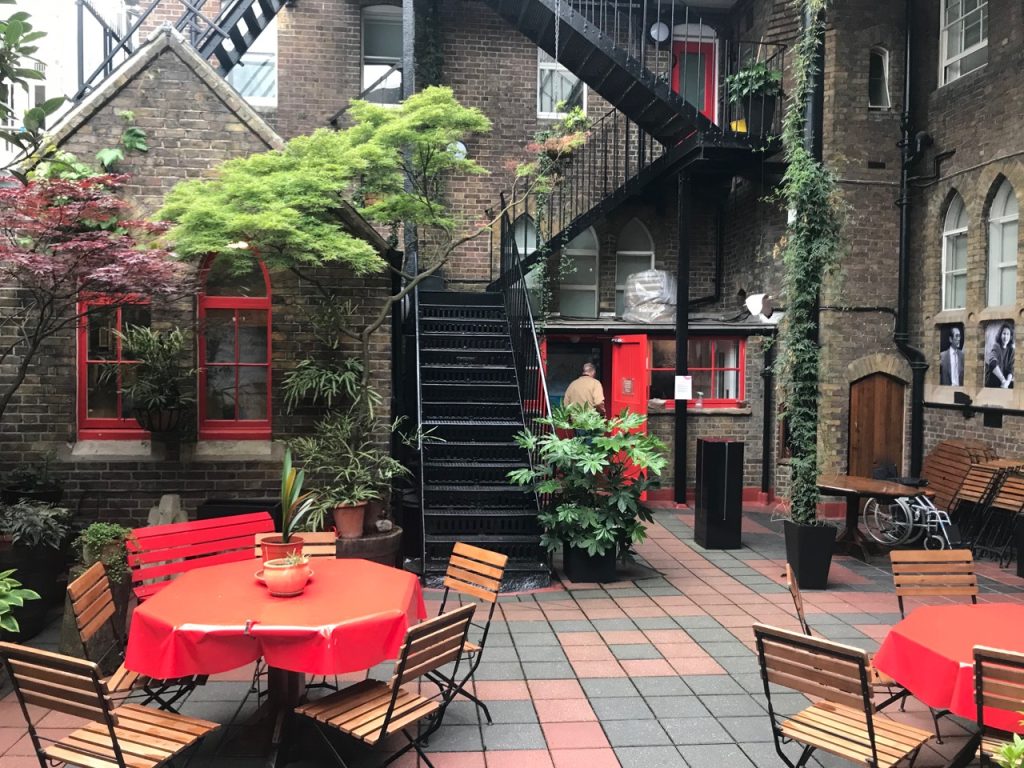
The central (inner) Garden Courtyard of the October Gallery in London. To the right is the outer wall of the Main Gallery showing portraits of several of the main artists; to the left are the windows of the Directors; office; in the centre, the old iron staircase provides additional access to the upper levels and rooms and doubles as an external Fire Escape.
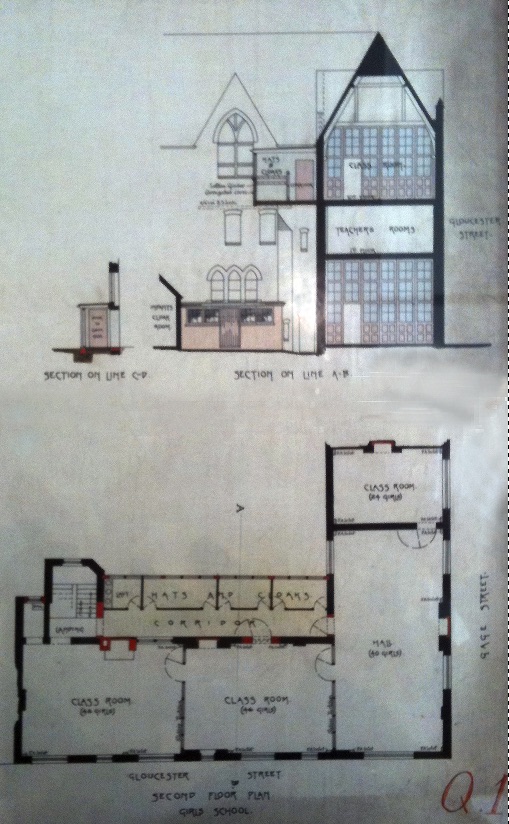
So, October Gallery is situated in this magnificent neighborhood. The gallery’s building follows an L-shaped plan, with the open part of the two arms forming the courtyard to a children's hospital. The courtyard is a true garden of wonders. First of all, it is populated by air-regenerating plants of which I can send you the details, a number of tables and a large welcoming divan. Finally, at the end of the 'L' there are the toilets, which again are filled with air-regenerating plants (these are lit from above by skylights, a small detail, the simplicity of which strikes me every time). From the courtyard, an external iron staircase leads to the first-floor level where can be found most of the aforementioned flats. The staircase continues on to the top level, where it serves the largest accommodation flat and then the Club Room and Theatre in the long arm of the 'L'. Everything is of course multifunctional. The Club Room for example also furnishes the October Gallery Library, while the Theatre doubles—as previously mentioned— as a conference room or a rehearsal room for dance or gymnastics, etc.
Returning to the ground floor, the two inner arms of the 'L' contain the gallery space proper while, at the back, is found the large kitchen, which of course is an essential driver, as earlier described, of this Mixité's design. From the entrance on the street, an internal staircase also leads down to a basement level, where can be found the workspaces of the team responsible for all the various aspects of the gallery’s activities. The office of the two directors opens onto the inner garden courtyard, allowing them to survey and supervise quite naturally much of what goes on.
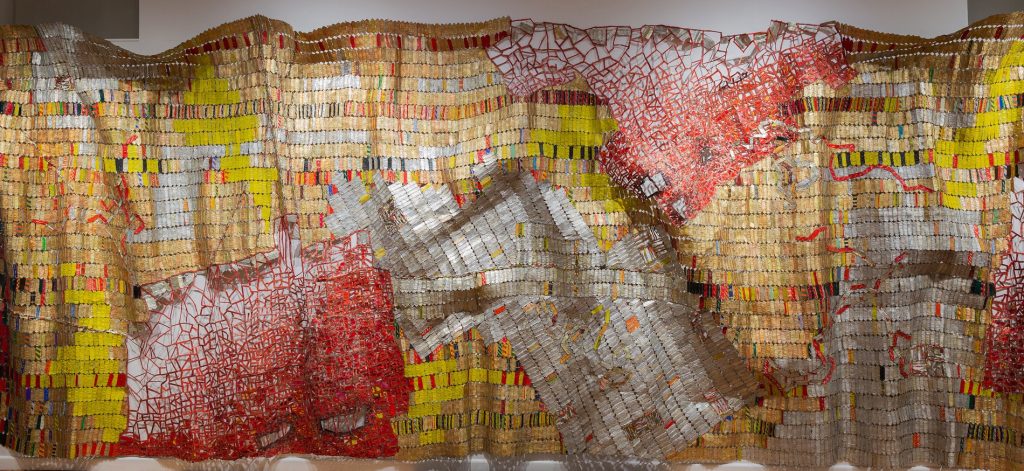
I wanted to explain to you, my excitement at finding a truly paradigmatic example of Mixité; it seemed to me an example to be studied and investigated further. But, little by little, I realized that Mixité is not, in fact, reducible to any simple recipe, but rather pertains to magic, itself. It was here, at October Gallery, that the concretization of these lofty ideas took place: a community working together (in the three heroic months of the gallery's construction, Chili Hawes, John Allen, Margaret Augustine, Edward Bass, William Dempster, Kathelin Gray, Robert Hahn, Marie Harding and Mark Nelson all exceptional personalities - architects, geologists, ecologists, literary men— with even a billionaire from Texas—who all worked 15 hours a day for three months, and who constituted the core group that would build, in the late 1980s, Biosphere 2 at Oracle, in Arizona). These are people who were not afraid to cultivate big dreams as suggested by the title of the book celebrating the gallery’s 40th anniversary, Dream No Small Dream. There has always been in this group of people a propensity to work (our Creating) both intellectually and physically - always divided 50:50 throughout each day. These essential elements run through the philosophy of the Institute of Ecotechnics, which has created multiple projects around the world, each one being designedly different to all the previous projects yet, all, at the same time, being based on a common conceptual framework. The single most important concept? That would have to be the one that Buckminster Fuller rediscovered: the notion of Synergy, where 1+1 = 3.
Notes
1- The term Transvangarde has nothing to do with ‘Transavanguardia,’ coined by the critic, Achille Bonito Oliva, which was an Italian form of Neo-Expressionism flourishing in Europe in the late 70s and 80s. While Bonito’s formulation describes an art movement going beyond (‘trans’) the avant-garde, the Transvangarde posits the notion of contemporary artists - from all cultures around the planet - participating in a global, trans-national and decidedly non-Eurocentric avant-garde. Both terms appear to have been independently coined at roughly the same time. (Notes by the Translator)
